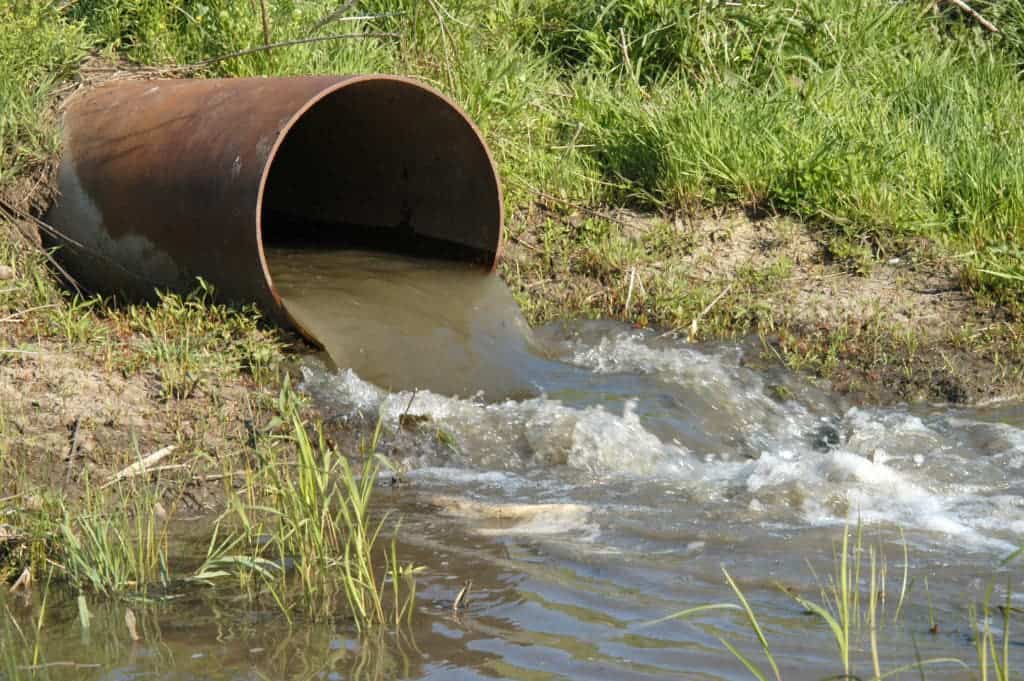Wastewater is not something you usually want to be around — but that doesn’t mean it can’t be valuable. Your typical household sewage is rich in bioplastics, organic compounds that can be turned into energy, or even proteins for animal feed. The challenge lies in separating contaminants from the valuable organic compounds — the gold from the trash, so to speak. Now, researchers say they’ve found a new cost-effective and environmentally-friendly method that does just that using purple bacteria.
In most people’s minds, photosynthesis is associated with the color green. However, photosynthetic pigments come in all sorts of colors (think of yellow, orange, and red leaves in the autumn), but also in a variety of different organisms. For instance, a group phototrophic bacteria use energy from the sun via a variety of different pigments, such as orange, red, brown, but also purple — they’re even called purple bacteria.
However, it’s not their color that interests scientists but rather their unique metabolism. In the presence of light, these microbes use organic molecules and nitrogen gas to make carbon and nitrogen, all while releasing electrons. A byproduct of this metabolic reaction is hydrogen gas, which can be used to generate electricity in a fuel cell.
Dr. Daniel Puyol and colleagues at King Juan Carlos University, Spain designed a biorefinery process that harvests green energy from wastewater using a mixture of purple bacteria species. In a new study published in the Frontiers in Energy Research, the research team analyzed the optimal conditions for maximizing hydrogen product and found a nutrient blend that not only outputs the highest rate of hydrogen, but also minimizes the production of CO2.
One of the biggest environmental problems associated with wastewater treatment is its significant carbon emissions which warm up the planet’s atmosphere. So, having a technical solution that not only removes this excess carbon from the atmosphere but also produces a useful, clean fuel is a great combo.
“Our group manipulates these conditions to tune the metabolism of purple bacteria to different applications, depending on the organic waste source and market requirements,” says co-author Professor Abraham Esteve-Núñez of University of Alcalá, Spain.
“But what is unique about our approach is the use of an external electric current to optimize the productive output of purple bacteria.”
The most interesting result, however, was obtained when the Spanish researchers found that purple bacteria are capable of using electrons from the cathode (negative electrode) to capture CO2 via photosynthesis. The bioelectrochemical system is the first demonstration of any phototroph shifting metabolism due to interaction with a cathode.
“Recordings from our bioelectrochemical system showed a clear interaction between the purple bacteria and the electrodes: negative polarization of the electrode caused a detectable consumption of electrons, associated with a reduction in carbon dioxide production,” Esteve-Núñez said in a statement.
“This indicates that the purple bacteria were using electrons from the cathode to capture more carbon from organic compounds via photosynthesis, so less is released as CO2.”
Capturing CO2 is useful not only to reduce carbon emissions but also for refining biogas for use as a fuel. What’s more, the researchers say that there may be even more surprises in store.
“One of the original aims of the study was to increase biohydrogen production by donating electrons from the cathode to purple bacteria metabolism. However, it seems that the PPB bacteria prefer to use these electrons for fixing CO2 instead of creating H2,” Puyol said in a statement.
“We recently obtained funding to pursue this aim with further research, and will work on this for the following years. Stay tuned for more metabolic tuning.”










